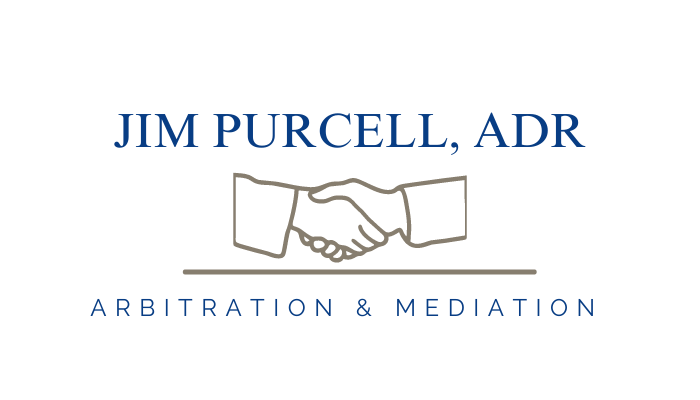 The National Naval Medical Center, located in Bethesda, Maryland, is the first healthcare institution of its kind to obtain a full-time internal neutral for resolving healthcare conflicts. The internal neutral, who is an experienced clinician as well as a trained mediator, has allowed the hospital to reduce medical malpractice costs, improve staff and patient satisfaction, generate a feedback loop, and improved patient safety overall. When used properly, an internal neutral affords many benefits to a hospital looking for reduced expenses and systemic improvements.
The National Naval Medical Center, located in Bethesda, Maryland, is the first healthcare institution of its kind to obtain a full-time internal neutral for resolving healthcare conflicts. The internal neutral, who is an experienced clinician as well as a trained mediator, has allowed the hospital to reduce medical malpractice costs, improve staff and patient satisfaction, generate a feedback loop, and improved patient safety overall. When used properly, an internal neutral affords many benefits to a hospital looking for reduced expenses and systemic improvements.
At NNMC, the mediator is able to step into disputes early on to address them quickly. This ensures that a trained neutral is intervening earlier, reducing the number of disputes that are elevated to a legal claims level. Some examples of situations where the mediator has played a role include sentinel events, medical errors, dissatisfaction with outcome or treatment, and institutional claims.
What makes this program different is that while other hospitals have mediators on hand to assist once legal issues have been elevated, the mediator at NNMC is available immediately. This allows the trained neutral to focus on underlying needs, interests, and perceptions from the outset. This reduces the number of miscommunications between relevant parties and introduces resolution concepts sooner rather than later. This has contributed to numerous resolutions that are sustained and mutually satisfactory for disputing parties.
Typically, these sessions happen when the mediator goes back and forth between the two parties or at an in-person mediation session. What is interesting about this approach is that it gives the physicians and the patients a role in resolving their own disputes, often ending in terms that are much more agreeable for both parties when compared with leaving decisions up to a judge post-litigation.
The results of the program show serious promise: there were 82 cases handled in the first 18 months of the launch. The resolution rate for these cases was 100 percent. Many of these cases were resolved much more quickly than expected, too. A total of 77 percent were actually resolved within a 10 hour period. At this time, no cases have been filed as a result of resolved claims that went through the program. This program also allows the mediator to play a role in determining places where additional protocols or programs might be beneficial to reduce future problems and claims. This program serves as a model for effective mediation at the hospital level.

